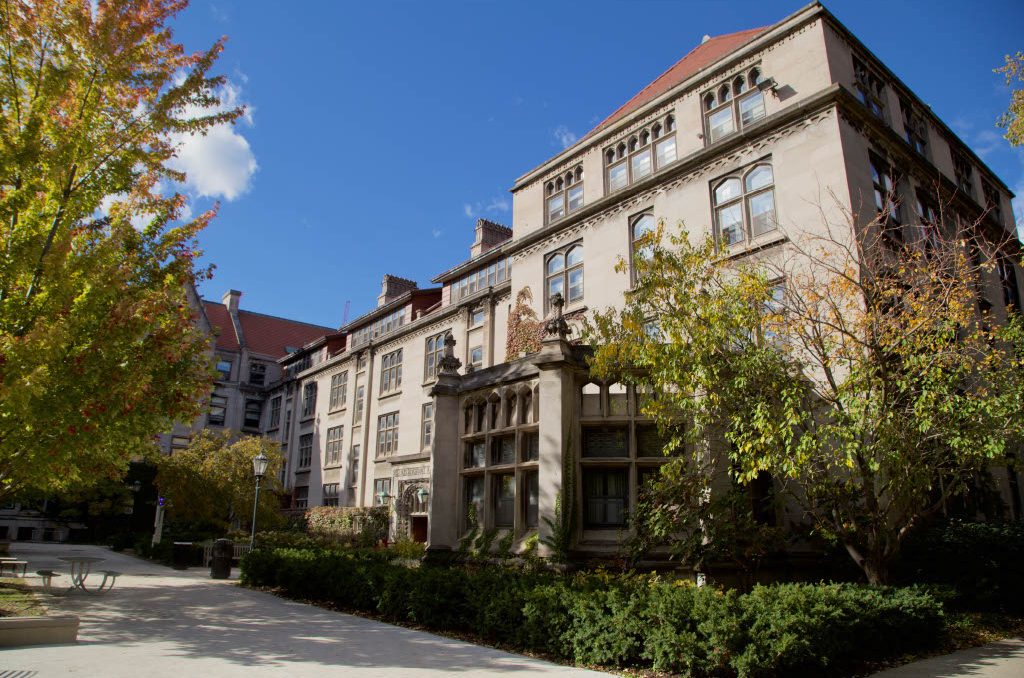Both Canada and the United States are essentially two-party democracies; only two parties can realistically form the government. Consequently, both Canada and the United States are afflicted by a similar political malaise: The two namesake parties no longer stand for anything. The Republican leadership has set new records for pork and intrusiveness into the lives of citizens (Terri Schiavo, anyone?) while continuing to campaign as the party of small government. The Democratic Party is beholden to so many special interests that it lacks an overarching philosophy or vision for the United States, beyond its present goal of resisting President Bush. Canada is not much better. The Liberal Party of Canada is finding it hard to create a cohesive message in opposition, as its recent leadership race demonstrated. Meanwhile, Canada’s Conservative Prime Minister Stephen Harper is dumping cash on Quebec like Liberal governments of the past.
Today’s Canadian and American political parties are an odd amalgam of diverse, and often contradictory, interests. When such coalitions initially formed, they certainly did have a vision for the country. The roots of the Democratic Party extend back to the New Deal coalition. The Republican Party, in the years leading up to Reagan’s election, united small government and social conservatives. In both cases, the resulting governments’ guiding philosophies decisively led the United States in the direction on which their combined interests agreed. However, the honeymoon soon passed, and the various groups that had initially acted in concert began to squabble over which one of them would shape the party philosophy. Inevitably, a certain group prevailed while the others were effectively sidelined, often having no other electable alternatives. Prominent examples of such marginalized loyalists include libertarian Republicans and liberal, rather than neo-liberal, Democrats.
In Canada, such intra-party divisions resulted in the spectacular destruction of one of Canada’s first political parties. In 1984, Brian Mulroney won a commanding majority in Parliament after reorganizing the Progressive Conservative Party, the name itself a relic from a time when the party was an odd union of prairie farmers and conservative Ontarians, into a coalition of Quebec nationalists and Western small-government conservatives. During his tenure, Mulroney failed to satisfy either constituency, failing to amend the constitution to Quebec’s satisfaction and allowing the country’s deficit to continue growing. Mulroney left office as one of the most unpopular prime ministers in history, and in the next election, the Progressive Conservatives were reduced to two seats in Parliament, losing official party status. Out of its ashes rose the Bloc Quebecois, a party with the singular agenda of dismantling Canada, and the Reform Party, a Western Canada–based conservative party.
In order to mitigate the possibility of such failures in the democratic systems of Canada and the United States, voters need to be presented with more than two political parties to choose from. With greater party diversity comes greater specialization of message. Parties, in principle, could more adequately represent the interests of the people who voted for them. Such a multi-party system would still be conducive to the kind of coalition-building practiced by Roosevelt, Reagan, and Mulroney; however, because multiple parties are involved, there would no longer be a single command structure that could be hijacked by special interests, and voters would have recourse to other options when governing coalitions stray from the philosophies they were elected on.
An ideal two-party system already places extreme limits on the scope of citizen representation. While “party lines” may mean less in the United States than in Canada, “rebellious” congressmen or senators still have a very limited pulpit to work with. A Democrat may have a cogent plan for universal health care in the United States, but he can hardly campaign for or pass such legislation if the Democratic leadership does not agree with it. At the very least, belonging to a more liberal political party gives such a representative a higher platform from which to advocate.
Obviously, major institutional changes must be made to even create a political environment conducive to such a system in the United States or Canada. Campaign finance rules must be changed. Seat awarding should no longer be based on which candidate garners the greatest plurality. Most obviously, the way the president is elected must be reworked. Moreover, allowing more party representation is hardly a perfect solution. A multi-party system is susceptible to the problems that haunt today’s political environment. A coalition government is susceptible to hijacking by certain interest groups just as much as a president or Congressional majority is. However, such takeovers become much more difficult when more parties are involved; a coalition government has to present legislation that all member parties can agree upon, regardless of what interests may shape the philosophy of its largest member. Representative democracy is ideally meant to result in a microcosm of society at large, and this cannot be accomplished in our present political systems.







